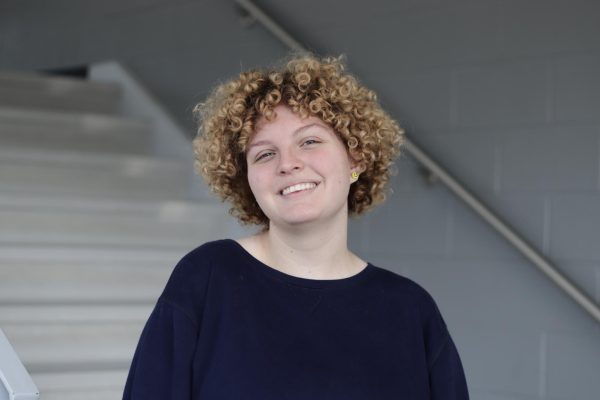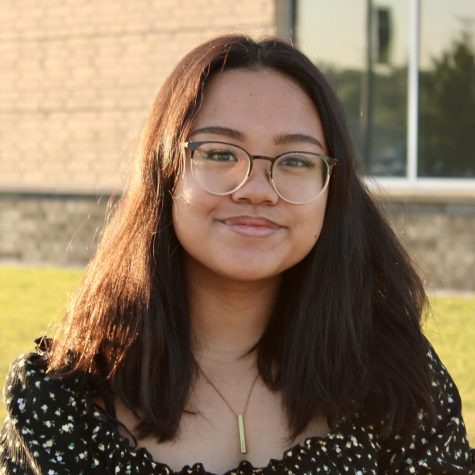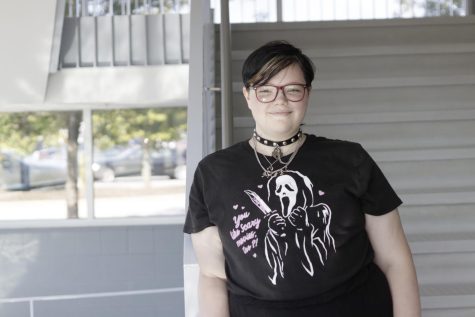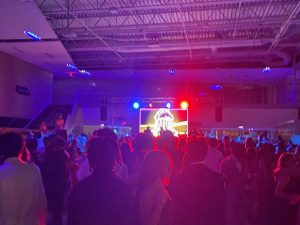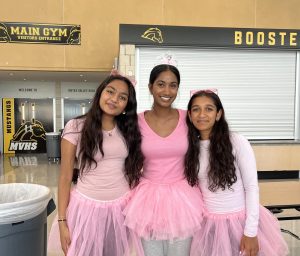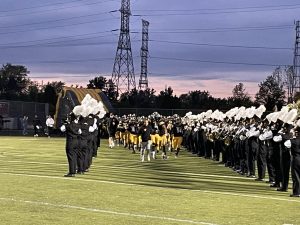Deaf history is American history
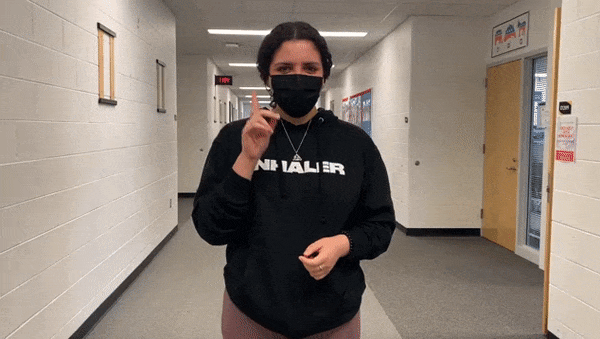
ASL student Autumn Zayas signs “Deaf History Month” to celebrate the closing of 2022 Deaf History Month
April 14, 2022
“Deaf History Month to me recognizes all of the accomplishments of deaf individuals throughout history and It helps current deaf individuals, especially deaf students, recognize that the deaf can do anything.” District 204 hearing itinerant, Katy Cook said.
“I think that learning about deaf history, and having exposure to deaf history helps those of us that are hearing do not know much about deafness or deaf history, can learn and be aware, therefore it is a big tool for awareness.”
Deaf culture helps members of the deaf and hard of hearing community celebrate, but Deaf History Month runs from March 13 to April 15. America’s first public school for the deaf was opened on April 15, 1817. Gallaudet University hired its first deaf president on March 13, 1988. These two events helped create the time frame for DHM and help guide people to learn more about the culture. The tradition of Deaf History Month (DHM) began in 1996 when two deaf employees working at the Martin Luther King Jr. Memorial Library in Washington, D.C. started teaching their colleagues sign language.
Teaching students about deaf culture does not happen often in school for kids who are primarily hearing. But junior Ian King has experience of being taught Deaf history while being deaf.
“When I was in elementary school I was with a lot of other deaf kids and was being taught more about the culture in the deaf community like Nyle DiMarco, a deaf model, and Troy Kotsur winning best-supporting actor at the Oscars this year,” junior Ian King said.
Deaf people are just as capable as hearing people. For example, Marlee Matlin is a very successful actress. Matlin has won an Academy Award, a Screen Actors Guild Award, and a Golden Globe Award in her career. She was presumed deaf at only eighteen months old, but she was still able to go on to act and direct at a world-class level.
Matlin, like many deaf people, communicates through American Sign Language (ASL). ASL has its own dialogue. They do not have signs for every word in the English language, but they have created their own signs to describe the same meaning as an English word. They take these signs and piece them together in the order of subject, then verb, and then the object.
ASL is not the only form of communication for people in the deaf community. People who are deaf or hard of hearing may still be able to communicate verbally. Verbal communication can be a challenge, but for them to pursue it is still a possibility by using speech therapy.
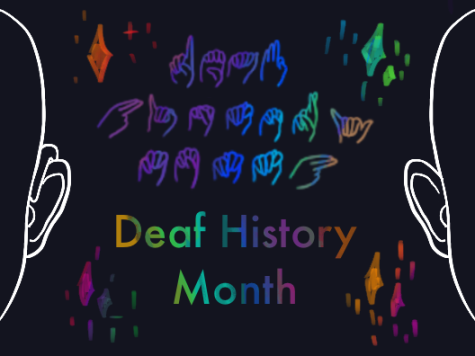
People who are deaf have the option of receiving speech therapy. Speech therapy is used more at a younger age in order for people in the deaf community to grasp their skills and begin using them so it becomes a habit.
“Lip-reading is a huge challenge for me. It can be hard to see what someone is trying to say because there are so many similar words.” King said. “During the pandemic, this was especially hard with masks. For me, I can only lip-read up to 30 percent to 40 percent of the English language as someone is listening to me. Another struggle is in loud environments. I like hanging out with people and socializing, but if I am going to be in the cafeteria with someone, it is hard for me to hear them. Sometimes I have to speak louder to signal to them to speak louder.”
While there are challenges according to King such as loud environments, there are also many advantages such as learning things from a new unique perspective. King talked about how being a part of a specific culture helps you understand the differences between all cultures and not just the ones similar to your own.
“One of the biggest advantages is it just gives me a whole different opinion on things. Another thing is if I am taking a test or something, I always take off my implants because even the smallest noise bothers me.” King said. “Taking them off helps a lot and I think that is a huge advantage,”
According to Cook being deaf or hard of hearing is a part of students’ identities. Having the advantages and disadvantages is a part of who they are. Being deaf does not define a person the same as a person’s race, gender, sexuality, or religion defines them a person. It helps grow and shape a person into who they are in a celebratory way.
“I have always viewed Deaf History Month as a celebratory thing for all deaf people, for the efforts that deaf people have made in history and to celebrate anyone who is deaf,” King said. “I am the only deaf person in my family and for Deaf History Month I see all of these people who have done such amazing things despite being deaf or hard of hearing. Deaf History Month is a really interesting thing. It is not a holiday it is more of a celebration to meet others like you, your role models like let us say a deaf scientist or a deaf astronaut. It is really cool to see that happen. It makes you think I can do that too despite being deaf.”


